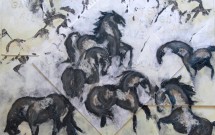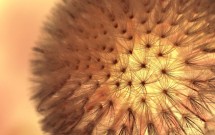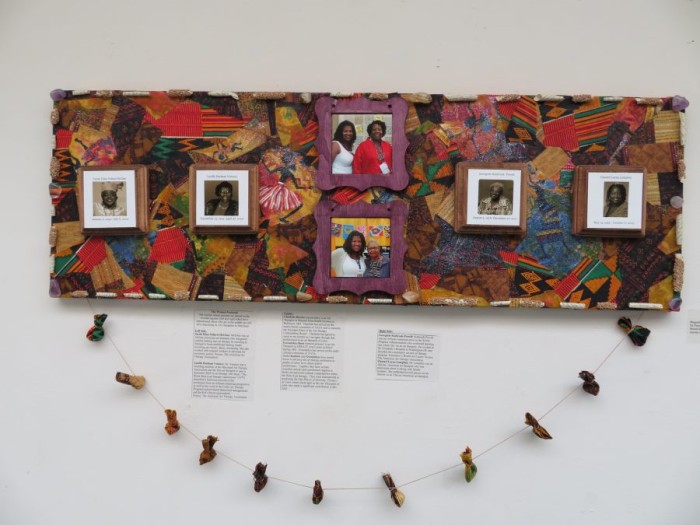
By Maqueita Eleazer
While taking the History of Art Therapy course, I was surprised to see that 7/301 pages mentioned the contributions that art therapists of color have made to the field of Art Therapy. Pioneers such as Cliff Joseph, Wayne Ramirez, Lucille Venture, Georgette Seabrook, etc. have made tremendous contributions to this profession, and yet are either unacknowledged or information about them is minimal compared to that of Margaret Naumburg and Edith Kramer.
As an African American woman desiring to enter this field, I began to wonder what I was doing here? I was angry, discouraged and felt alone. I couldn’t understand why these contributions hadn’t made a visual impact on the field’s practitioner and client demographics. With all that they have contributed, why is this field still primarily middle-class Caucasian women? And why are potential clients from marginalized communities unable to access mental health services from art therapists, let alone from an art therapist who reflects them?
I turned to art to support me in processing my emotions. In response, I created the piece I have titled… On These Shoulders, I Stand where I honor pioneer women art therapists of color. Creating this piece was the impetus for curating this exhibit.
Around the border are scrolls, some of which are covered in mustard seeds. The scrolls contain the words of Cliff Joseph, ATR; Charlotte Boston, MA, ATR-BC; Chantel Lumpkin, PhD, CFLE; Cheryl Doby-Copeland, MPS, ATR-BC, LPC; Phoebe Farris, PhD, ATR; and Sangeeta Levy, ATR who shared their stories about being people of color within the Art Therapy profession. Their stories were published in the American Art Therapy Association Journal as part of the Viewpoints Series. The mustard seeds serve as a reminder to me that the Art Therapists of Color who came before me “planted the seeds;” my responsibility is to water those seeds. The mustard seeds also represent the biblical scripture: “…if you have faith as small as a mustard seed, you can say to this mountain, ‘Move from here to there,’ and it will move. Nothing will be impossible for you.” Intermittently, crystals are placed along the border: Amethyst (represents Vision), Citrine (represents abundance & prosperity), Clear Quartz (represents clarity).
Inspired by the Native prayer ritual, prayer ties, I filled squares of the African Print fabric used on the canvas with mustard seeds (versus tobacco). While creating the prayer ties, I prayed for my journey as an Art Therapist of Color. 11 prayers ties were created because “11” is a mastery number and represents intention.
***
Left Side:
Sarah Eliza Pollard McGhee: McGhee was an African-American art therapist who integrated cultural healing into art therapy by traveling to Senegal to learn traditional healing rituals involving art, music, dance, and drumming. She also worked with migrant workers to advocate for economic justice. Source: The American Art Therapy Association
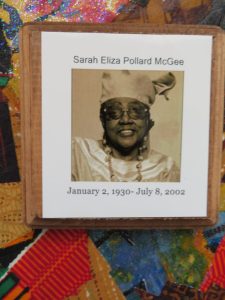
Lucille Durham Venture: Dr. Venture was a founding member of the Maryland Art Therapy Association and the first art therapist to earn a doctorate (PhD) in art therapy. Her thesis “The Black Beat in art therapy experiences” (1977) described a historical account of the profession from an African-American perspective, as well as her work in the Crisis Art Therapy Program (school-based behavioral management) and the Kid’s Room (prevention). Source: The American Art Therapy Association
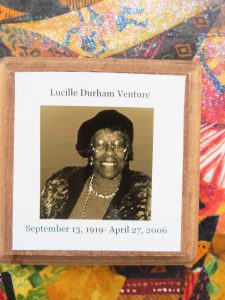
Center:
Charlotte Boston (top picture): is an Art Therapist at Shepard Pratt Health Systems in Baltimore, MD. Charlotte has served on the multicultural committee of AATA and is currently the President-Elect of the Art Therapy Credentialing Board. Charlotte has agreed to serve as my mentor as I navigate through this profession as an art therapist of color.
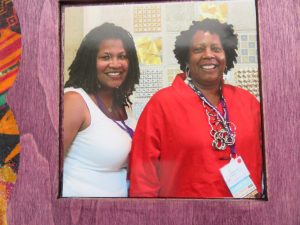
Gwendolyn Short (bottom picture): is an Art Therapist at CREATE Arts Center in Silver Spring, MD. Gwendolyn has served on the multi-cultural committee of AATA.
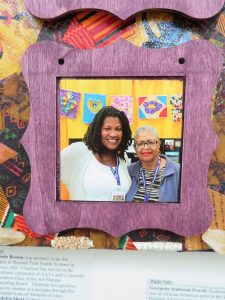
Both Charlotte and Gwendolyn have joined forces to advance the art therapy profession to people of color, be it clients and/or practitioners. Together, they have written countless articles and contributed chapters to books around multi-cultural competencies within the field of art therapy. They were instrumental in producing the film Wheels of Diversity; Pioneers of Color, which sheds light on the Art Therapists of color who made a significant contribution to this field.
Right Side:
Georgette Seabrook-Powell: Seabrook-Powell was an African-American artist in the Works Progress Administration who continued painting her whole life. As an art therapist, she worked at St. Elizabeth’s Hospital in Washington D.C. and founded the community art and art therapy program Tomorrow’s World Art Center. Source: The American Art Therapy Association
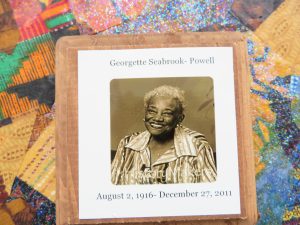
Chantel Laran Lumpkin: Dr. Lumpkin was an African- American art therapist who was passionate about working with family systems. She published several pieces on her identity as an African-American art therapist.
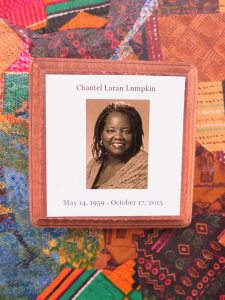
Some articles included in scrolls and for further reading:
Chantel Laran Lumpkin PhD, CFLE (2006) Relating Cultural Identity and Identity
as Art Therapist, Art Therapy, 23:1, 34-38, DOI: 10.1080/07421656.2006.10129529
Link: https://doi.org/10.1080/07421656.2006.10129529
Charlotte G. Boston MA, ATR-BC (2005) Life Story of an Art Therapist of Color,
Art Therapy, 22:4, 189-192,
DOI: 10.1080/07421656.2005.10129519
Link: https://doi.org/10.1080/07421656.2005.10129519
Cheryl Doby-Copeland MPS, ATR-BC, LPC (2006) Things Come to Me:
Reflections From an Art Therapist of Color, Art Therapy, 23:2, 81-85,
DOI: 10.1080/07421656.2006.10129646
Link: https://doi.org/10.1080/07421656.2006.10129646
Cliff Joseph ATR (2006) Creative Alliance: The Healing Power of Art Therapy,
Art Therapy, 23:1, 30-33, DOI: 10.1080/07421656.2006.10129531
Link: https://doi.org/10.1080/07421656.2006.10129531
Phoebe Farris PhD, ATR (2006) Mentors of Diversity: A Tribute, Art Therapy,
23:2, 86-88, DOI: 10.1080/07421656.2006.10129645
Link: https://doi.org/10.1080/07421656.2006.10129645
Sangeeta Levy, PhD, ATR (2006) Your Daddy is the Boogeyman, Art Therapy,
23:3, 136-138, DOI: 10.1080/07421656.2006.10129622
Link: https://doi.org/10.1080/07421656.2006.10129622
 Southwestern College Santa Fe, NM
Southwestern College Santa Fe, NM



